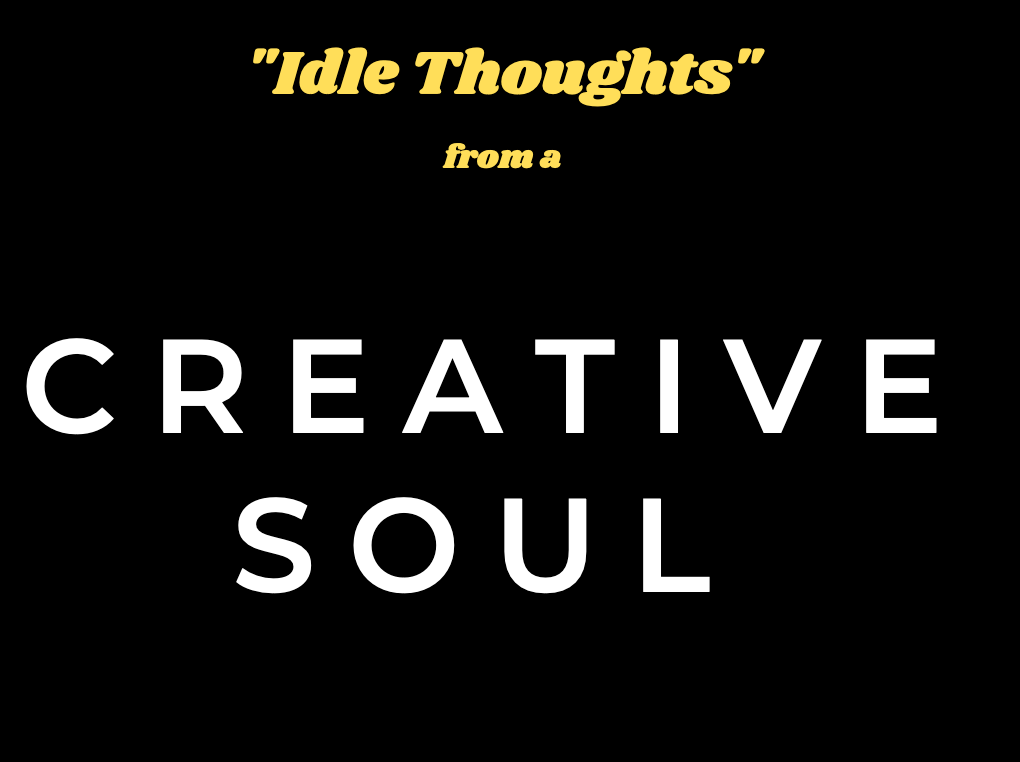
Hey,
I hope you’re safe and well. Things are pretty busy here — I’m getting ready for a Keynote in Budapest in two weeks and looking forward to it. In case you missed it, I did a video on how I plan, prep and rehearse for a Keynote (using stationery) over on the YouTube channel.
I’ve also shipped the Tech Portfolio Field Guide. It’s live now – designed to help anyone managing large portfolios of technology work. 30+ principles, 100+ pages of solid guidance – leaving room for contextual application. It’s built around funnels, lenses, clarity, alignment, and action.
And finally, I have launched a brand new Cultivated Store, where all of my products, both digital and printed, are all in one single place – with secure payment right there on the page!
This week, someone reached out about my Workshop Mastery book. They’d put most of it into action, “borrowed” the workshop plan from my Communication Workshop, and did really well at a conference. They didn’t quite bag the award of Best Tutorial but finished second overall. Awesome work — you know who you are 🙂
I was also working on a new business plan with a friend who’s setting up as a training and project consultant in the building trade. We worked through what makes a great teacher.
It was all scrap notes and bits from Workshop Mastery, but I’ve pulled it together here for you — whether you’re running training, delivering workshops, or teaching at work, these are some thoughts on good, effective, and diligent teaching:
The art of effective teaching – winning charm optional
1 - Laddered and steady in graduation
The content you teach should be laddered in complexity and form. In other words, use an inductive learning method, where you start simple and work out to more complexity, building on each previous point to create the whole.
You could consider this starting with truths and principles and working out to application in a complex environment. This is the same model I recommend in Workshop Mastery, and how I have built the Tech Portfolio Field Guide.
2 - There is a clear direction and a solid purpose
In other words, you haven’t just cobbled together some material from what you know, there is considerable thought put into ensuring your teaching has a clear purpose and thread.
Start with the end in mind (what do you want your students to learn?) and draw a line back to the basics of that subject through a laddered approach.
Each topic should connect clearly to the purpose. Avoid fragmented or disjointed teaching — students should see a logical path through the material. It’s not fragmented, disjointed and discombobulated (what a word).
3 – Supported by evidence and insight
Any idea, fact, topic or element is supported by evidence, insight and thought. Teaching should solidify in the student’s minds each part of the topic with clarity and insight.
An inability to do this will mean everything is built on rocky foundations and further advancement of the topic is merely window dressing.
4 – Simplify and bring it to life
The topic has been simplified, brought to life with stories, anecdotes, examples and practical activity to make learning the subject as simple as can be.
In other words, don’t use superior intellect, big words, complicated sentences and overly complex visuals to communicate the subject matter. This is very common - typically a problem with the teacher wishing to demonstrate excellence and intellectual prowess. But the goal is not to show how clever the teacher is, it is to teach other people.
5 - Each element is complete, accurate and super clear
Define boundaries for each element or topic. Ensure it’s complete within that boundary, without confusing tangents. Students should leave with solid understanding, not partial knowledge.
The trick is working out what you wish to teach, putting up boundaries around it and making sure that within these boundaries is a complete set of insights, ideas and information.
It is not easy to do, which is why so many students leave confused and with partial knowledge.
6 - The overall workshop is balanced between the teacher and the student
It is not a monologue, it is an active engaging teaching session or workshop. It is not all on you, the teacher, nor is it all on your students. It is distributed accordingly between the teaching of facts, information and insights, and the learning of those.
7 - It is not DULL
Dullness kills attention, and with no attention it is pretty tough to learn. It should be energetic and delivered with gusto and enthusiasm. There should be an equine manner to it and smooth flow through to grab attention and keep it.
A well thought through plan is merely the starting point - deviation from the plan is to be expected to secure learning and attention. Avoid dullness at all costs.
8 - There is a strong focus on self-effort by students
It is not a passive experience. It should challenge, open minds and engage students.
You are not there to do their work, nor are students there to do yours.
9 – Make it your own
It has you written all over it; your style, your approach, your delivery, your personal brand.
10 - It generates excitement and interest in the subject
The acid test of a great workshop is that people are fired up about the subject, enthusiastic about putting what they are learning into action (to build knowledge), and they are interested in learning more.
My friend took the list and is applying it to his teaching – every one of these lessons is covered in depth in Workshop Mastery along with other tactics and insights into effective workplace and workshop teaching.
I was invited into an energy provider to run my Business Agility Seminar for 500 people. A few days later, the CTO called me and said thank you – he said the place was still buzzing with enthusiasm — people were excited about the next steps and putting the ideas into action.
He asked how I did it. I joked it was my winning charm, but it wasn’t — it was the above principles in action.
👉 Workshop Mastery is your essential guide to designing and running engaging workshops that inspire lasting impact. Packed with proven facilitation techniques, practical strategies, and real-world insights.
Quote of the Week
“‘Everyone is a genius. But if you judge a fish on its ability to climb a tree it will spend its whole life believing it is stupid.” — Albert Einstein
Books I’m Reading
I haven't been reading anything new this week as I've been writing a lot, and I've just started writing my Squirrel book!
🚀 Creative Soul Projects
Alongside my work at Cultivated Management, I take on small creative projects that keep me experimenting and learning.
I was stumbling through my archive and discovered this mini-guide that I created during lockdown years ago. I remember being infected, bored and thought I'd compile some ideas into a book. So, I set some constraints:
- I had to create the book in under 4 hours (it took 2)
- It had to look and feel interesting
- It had to be created in CANVA.
- I had to use my own photos

👉 Download the free PDF here:
Support Cultivated Management
This newsletter is a labour of love and will always be free, but it's not free to create it - if you’d like to support my work:
🚀 Buy a book, or sit a course.
🏢 Work with me
🎧 Listen to the podcast
👉 Connect on LinkedIn : https://www.linkedin.com/in/robertlambert/
📸 Daily videos on Instagram: https://instagram.com/cultivatedlabs
📸 Daily videos on Facebook
📸 Check out YouTube: https://www.youtube.com/@creativesoulprojects
Until next week.
Take care of yourself and others.
Rob..
